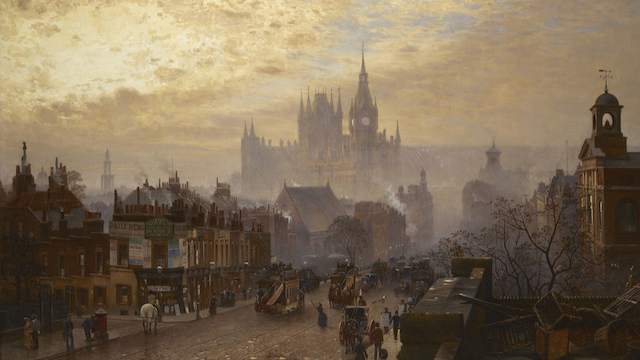June 13, 1900: Holmes recovered the Black Pearl of the Borgias from the sixth bust of Napoleon. [SIXN]
(Source: A Day by Day Chronology of Mr. Sherlock Holmes According to Zeisler and Christ, compiled by William S Dorn, BSI)

Quote from Canon:
Holmes took a paper from his pocket and laid a ten-pound note upon the table.
“You will kindly sign that paper, Mr. Sandeford, in the presence of these witnesses. It is simply to say that you transfer every possible right that you ever had in the bust to me. I am a methodical man, you see, and you never know what turn events might take afterwards. Thank you, Mr. Sandeford; here is your money, and I wish you a very good-evening.”
When our visitor had disappeared Sherlock Holmes’s movements were such as to rivet our attention. He began by taking a clean white cloth from a drawer and laying it over the table. Then he placed his newly acquired bust in the centre of the cloth. Finally he picked up his hunting-crop and struck Napoleon a sharp blow on the top of the head. The figure broke into fragments, and Holmes bent eagerly over the shattered remains. Next instant, with a loud shout of triumph, he held up one splinter, in which a round, dark object was fixed like a plum in a pudding.
“Gentlemen,” he cried, “let me introduce you to the famous black pearl of the Borgias!”
Chips says: We presume Holmes turned the pearl back to the authorities. What he do with the reward? Should he have shared?






